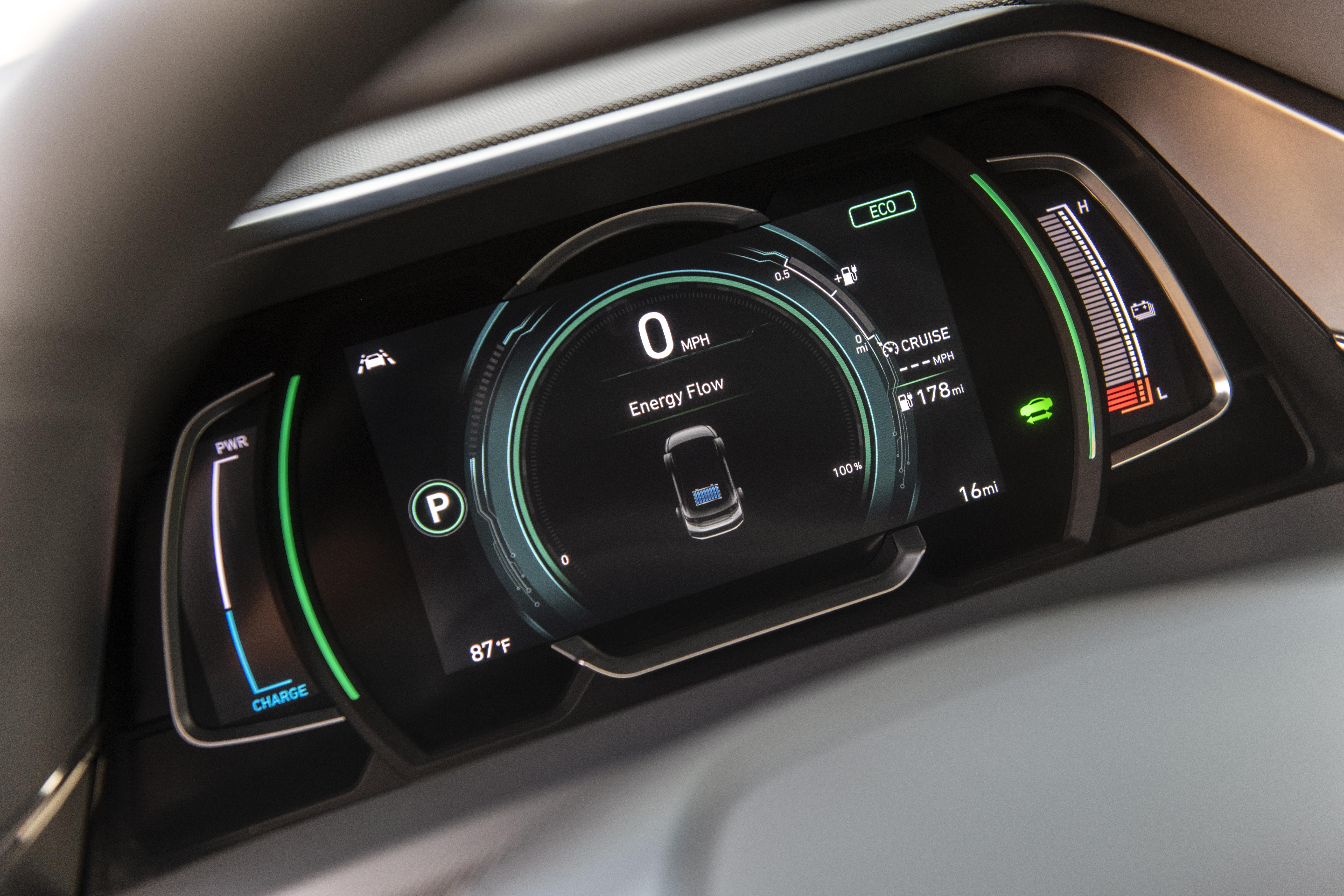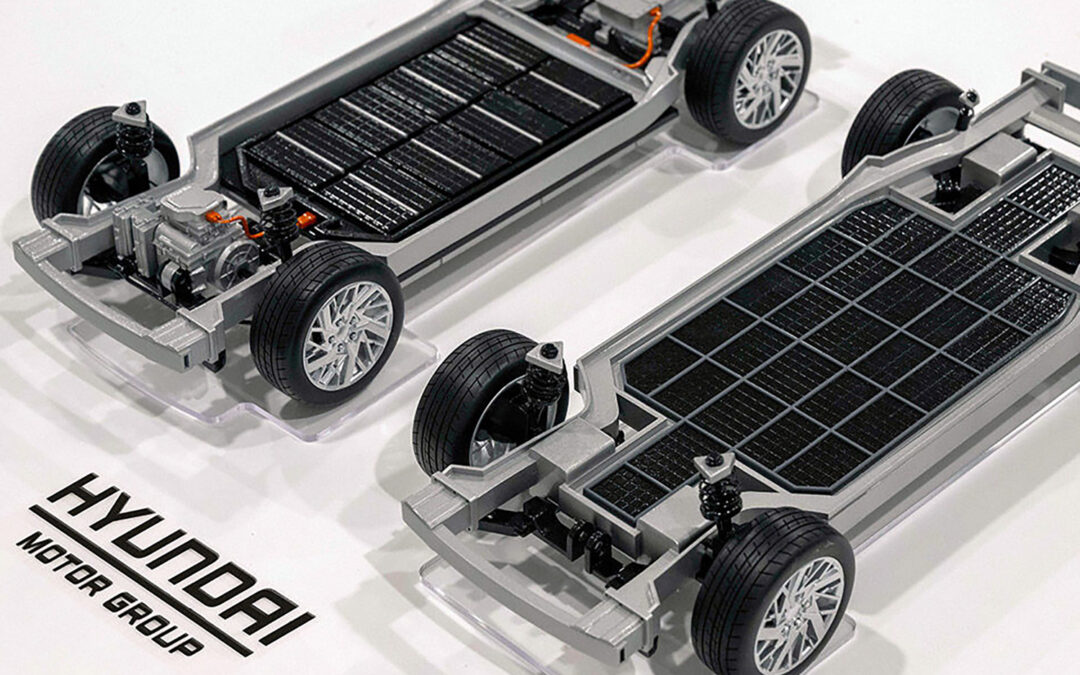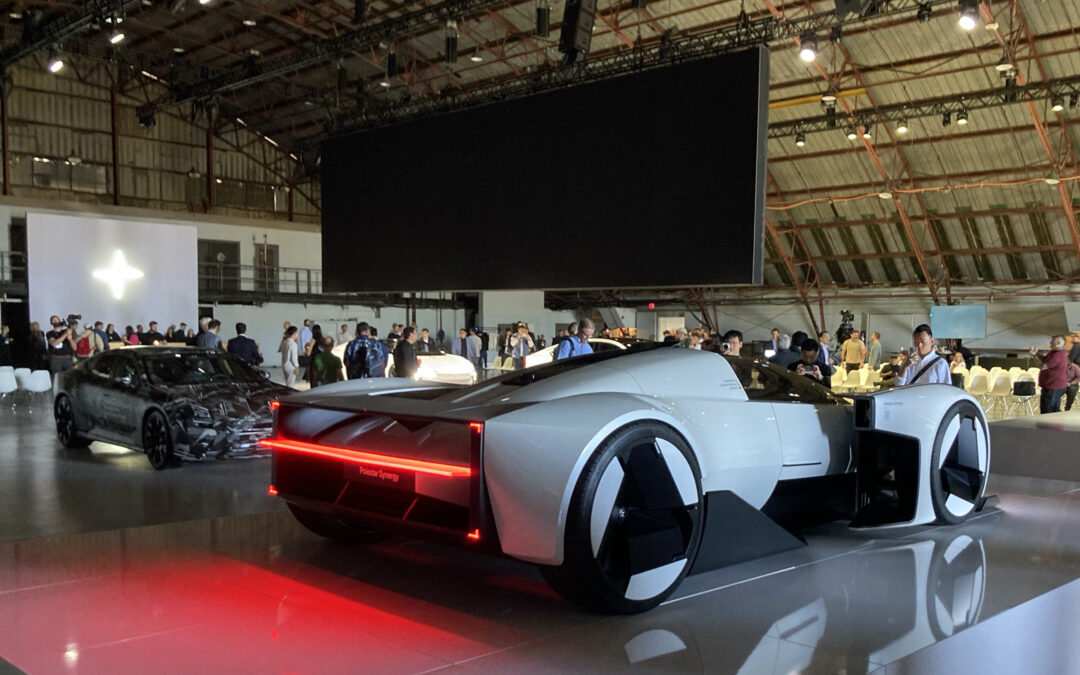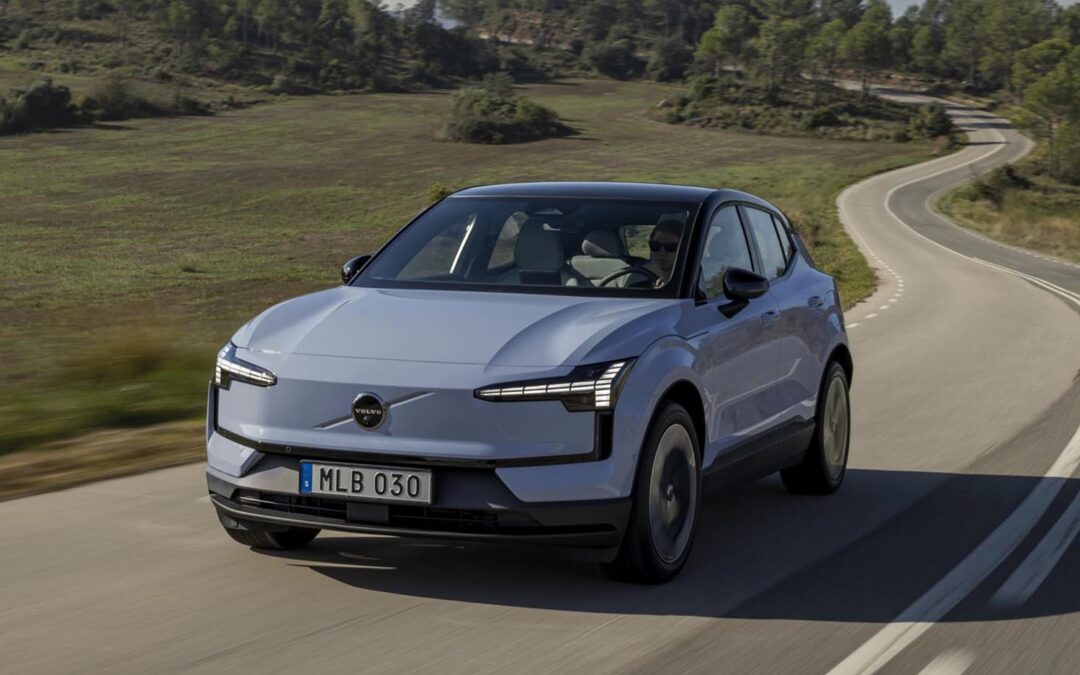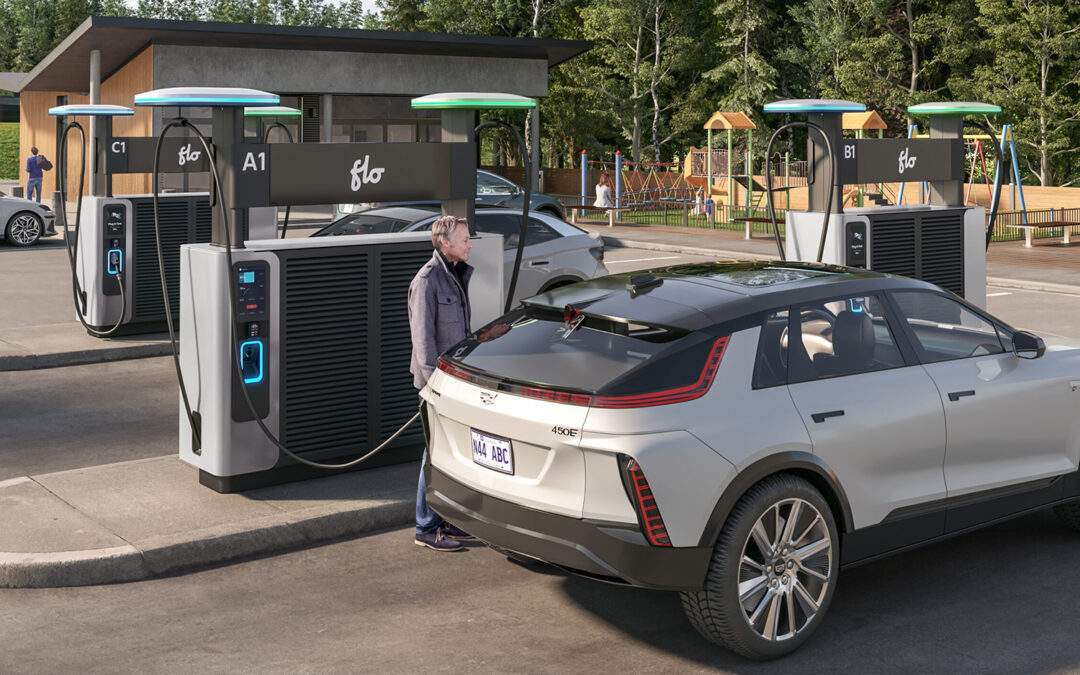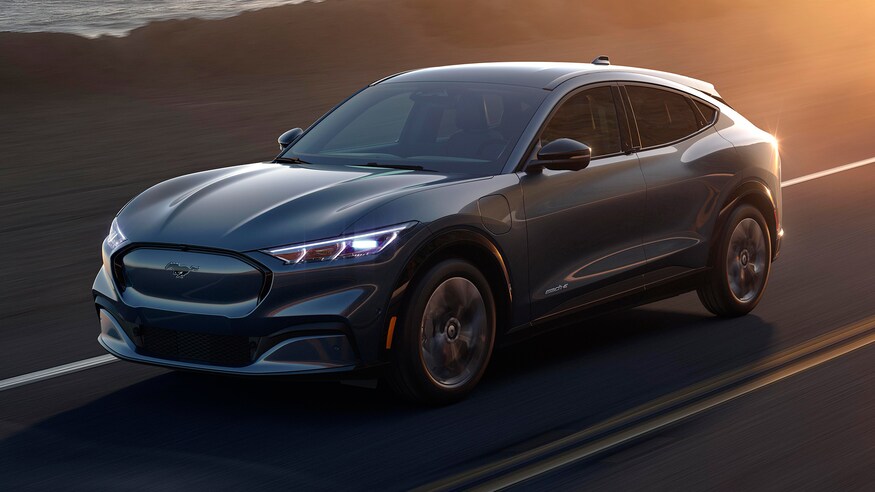Maybe you’re worried about getting to the next charging station, or maybe you’re a ‘hyper-miler’ challenging your driving efficiency. Or may you just want to save on energy. Whatever the reason, there are plenty of ways to get the maximum range out of your electric vehicle, no matter the season.
The best thing is, you don’t need to rewire your car’s system or hold up traffic at a snail’s pace, either. Here are eight reasonable ways to get the most efficiency out of your EV.
Easy on the heat!
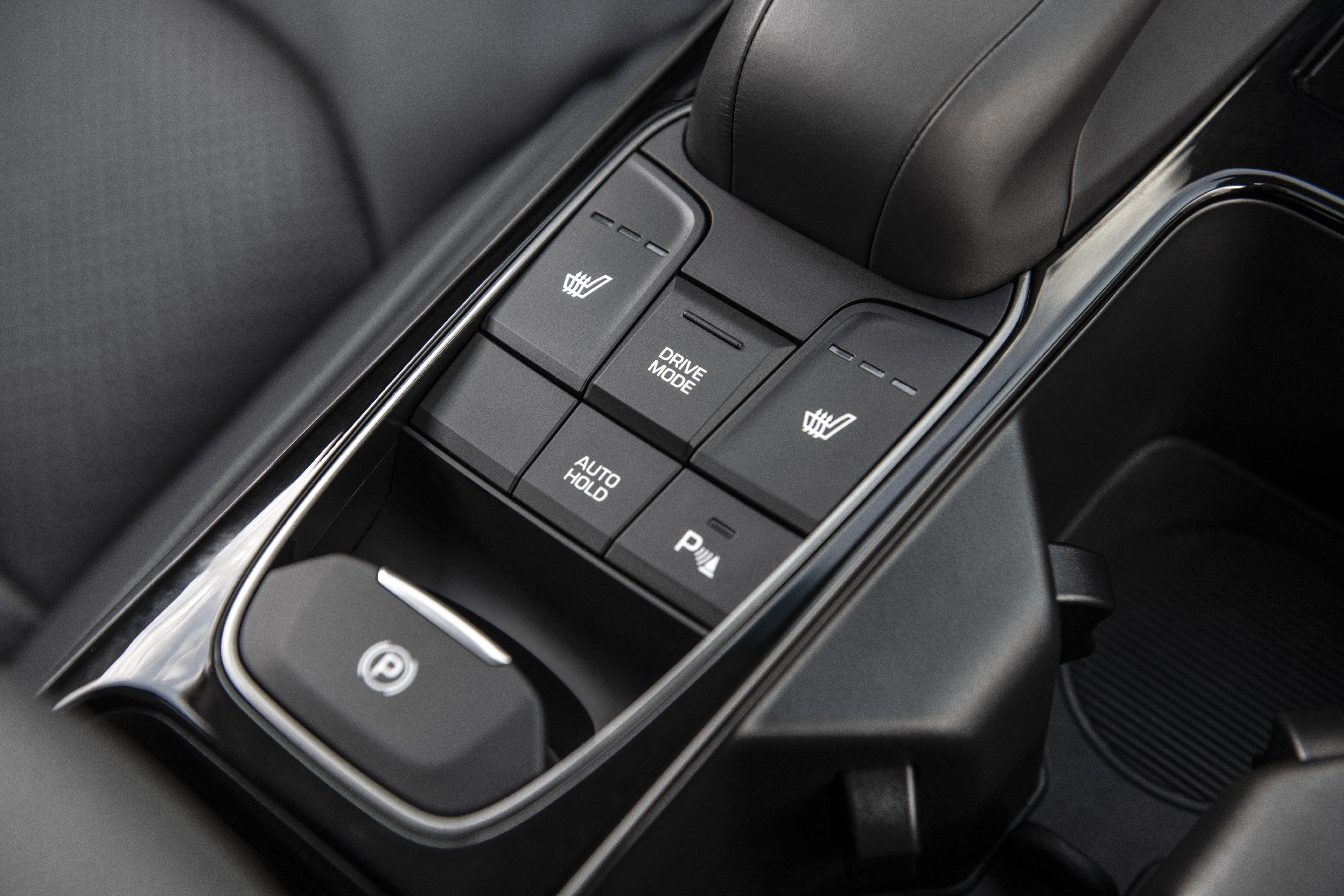
Heated seat buttons on a 2017 Hyundai Ioniq Electric
In the winter months, time your overnight home charging to end just about when you’re headed out the door, so the cabin and batteries can warm up while the car is still on the cable. And make use of those heated seats and steering wheel; they’re actually more efficient at warming up passengers than heating the entire cabin. In the summer, let the car do the heavy work of cabin cooling while plugged in, so you can keep the AC on low after you leave.
Learn your modes
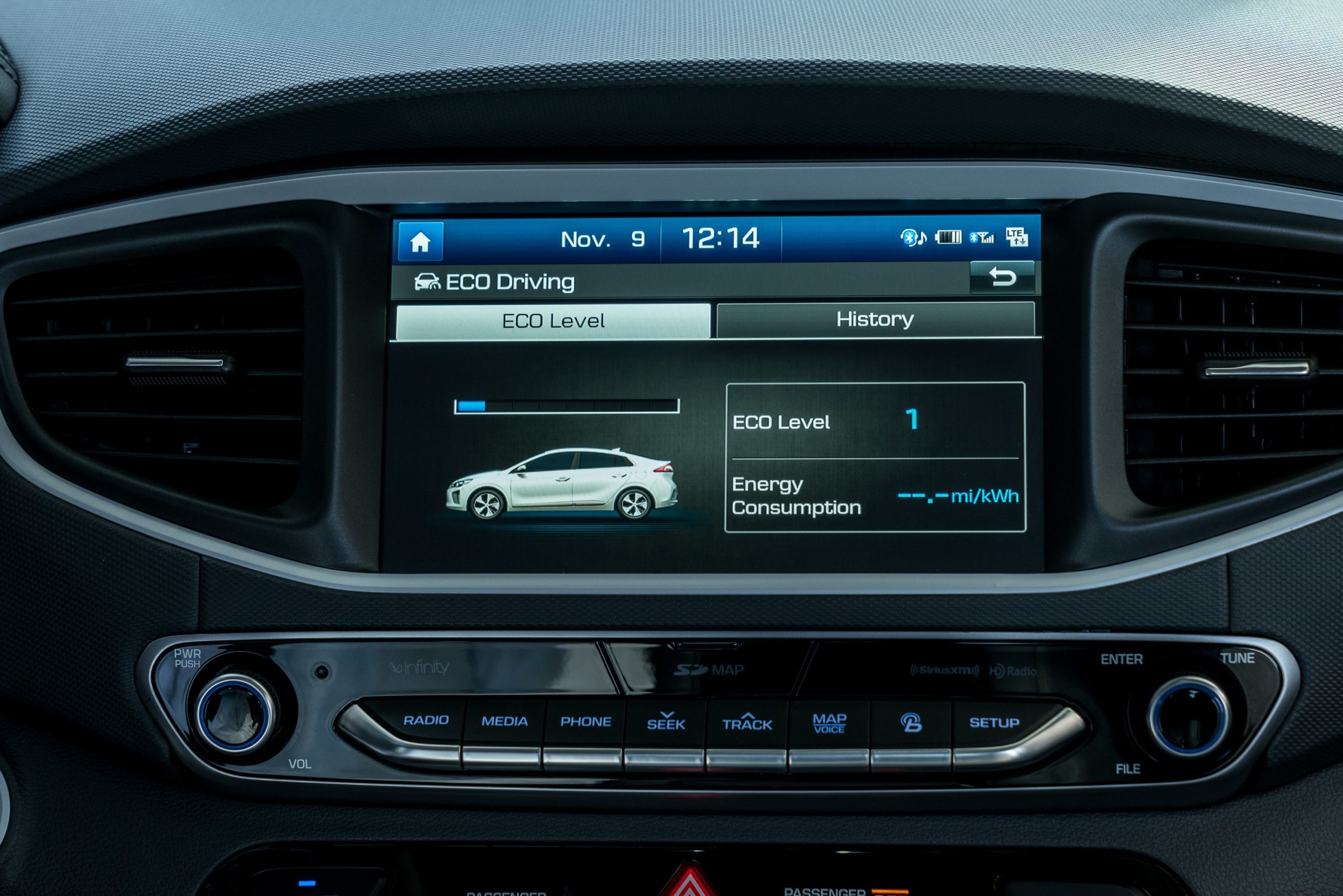
2017 Ioniq Electric infotainment system, showing driving modes
EVs come with different driving modes, and usually have some sort of ‘Eco’ selection. This changes the driving dynamics by limiting the acceleration and top speed, both very harsh energy sappers. Eco mode may also turn off your AC and activate the highest brake regeneration for your car. It may not be as fun to drive, but don’t worry, you’ll still get there.
Be a smooth operator
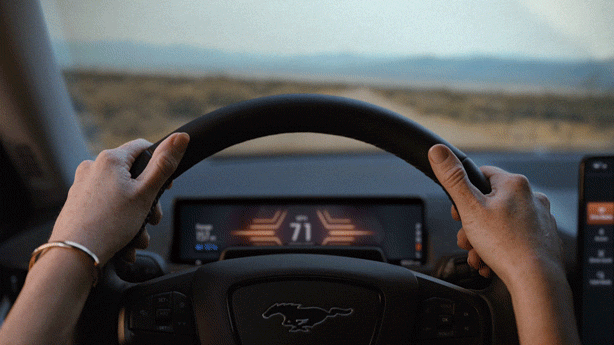
Winning those stop-light races may be fun, especially with the instant torque of an EV, but heavy acceleration is where the most energy is lost when driving. Keep it slow off the line, and anticipate traffic ahead so you can keep more of a constant speed, without the need for hard stopping and starting.
Speed kills efficiency
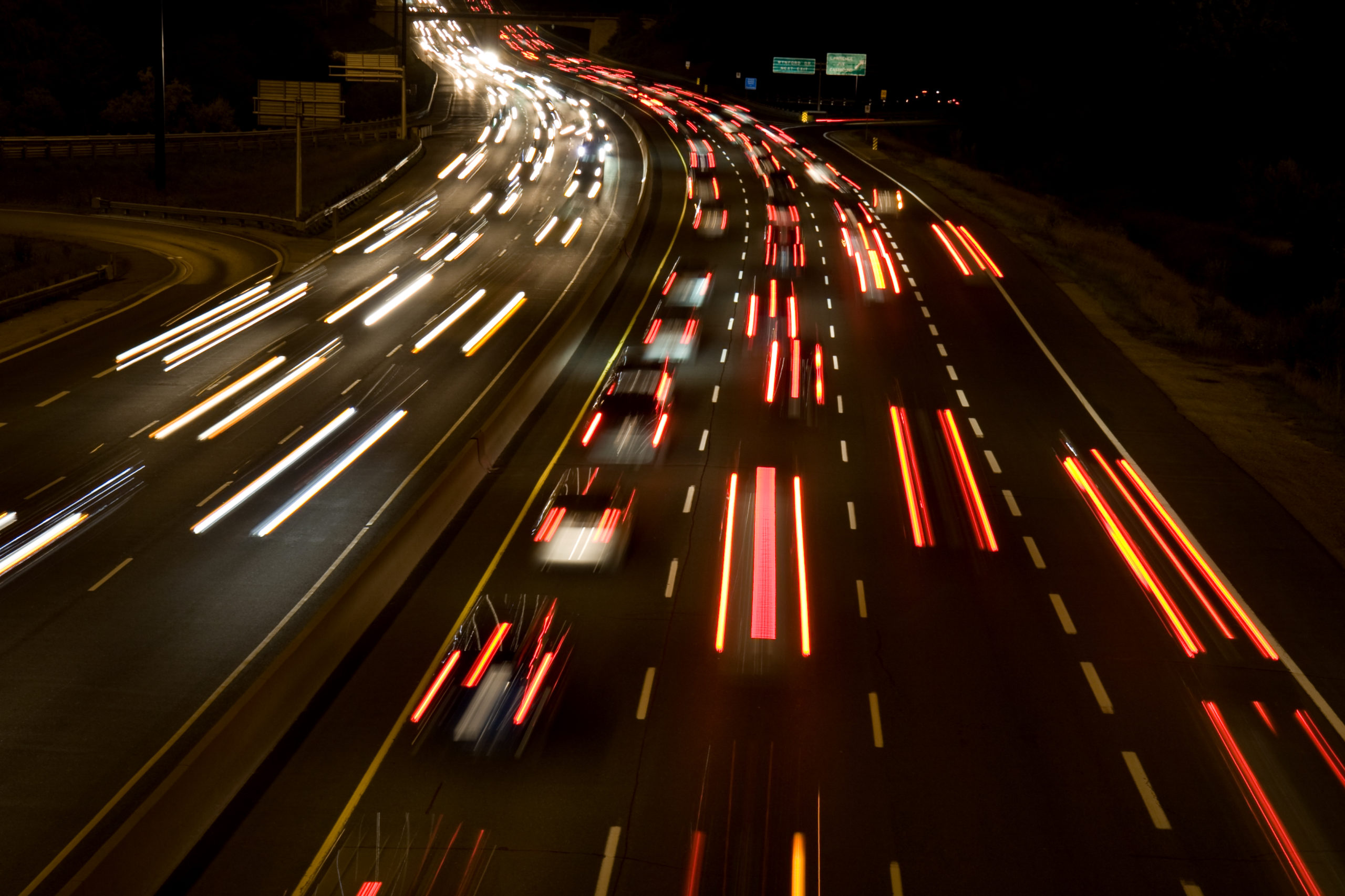
Higher speed saps battery energy at a faster rate.
EVs are generally at their most efficient around 30km/h, but on the highway that’s not exactly realistic. However, going past the speed limit not only makes you a target for the police, it also sucks way more electricity out of your batteries. Just 15km/h over what you’d normally drive results in your vehicle using 14 per cent more energy, all for saving just a few minutes on a longer trip. Is it worth it?
Check your tires
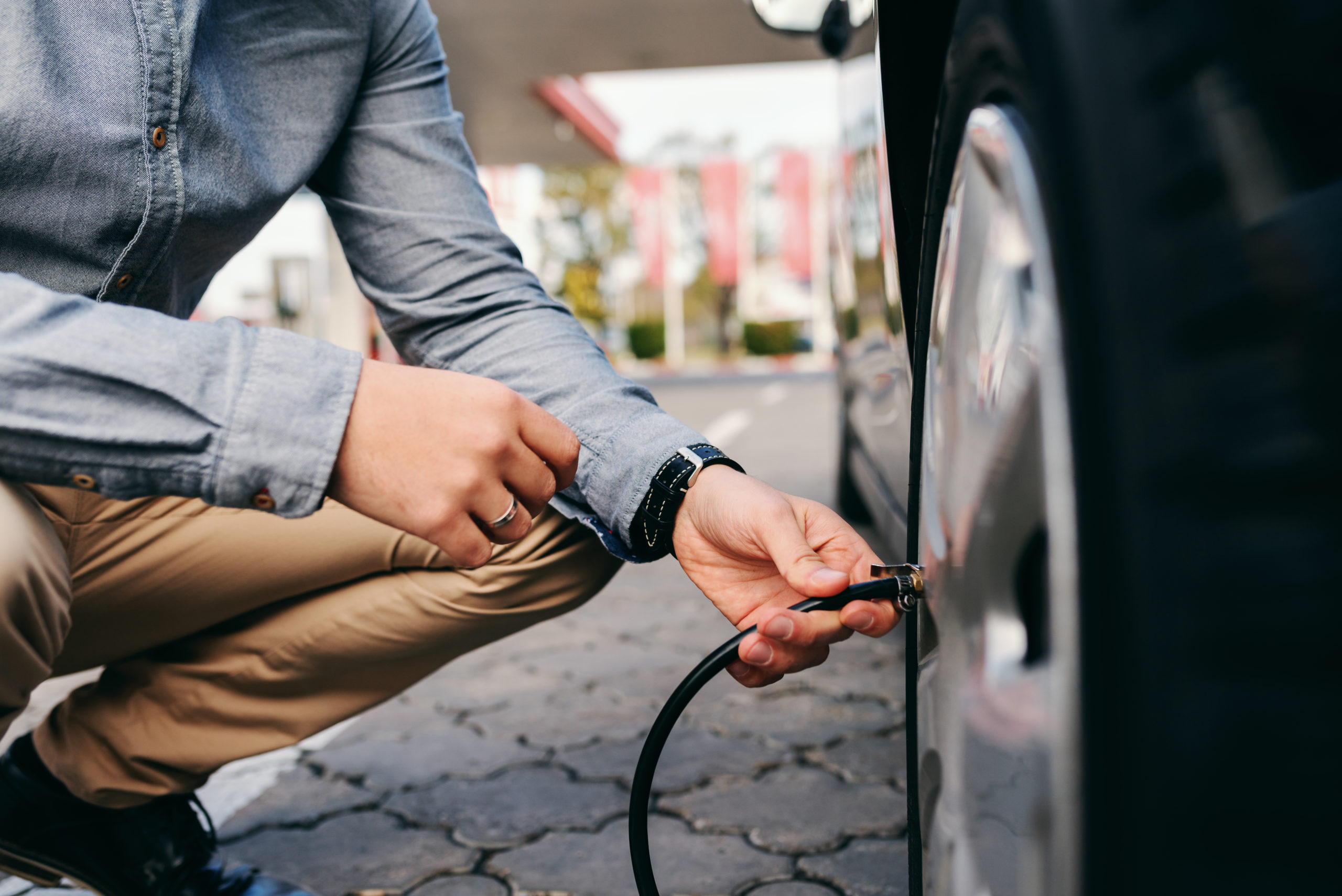
Keeping tires at optimal pressure optimizes the efficiency of driving.
Tires are something drivers don’t really think about until it’s time to change them – or they go flat and strand you on the side of the road. But it’s worth checking your tires’ pressures once a month to make sure they’re at the proper inflation as guided by your owner’s manual. Every 5psi of lost tire pressure results in a 2 per cent drop in driving efficiency, so it’s an easy way to make sure you’re squeezing the most from your batteries.
Lighten up
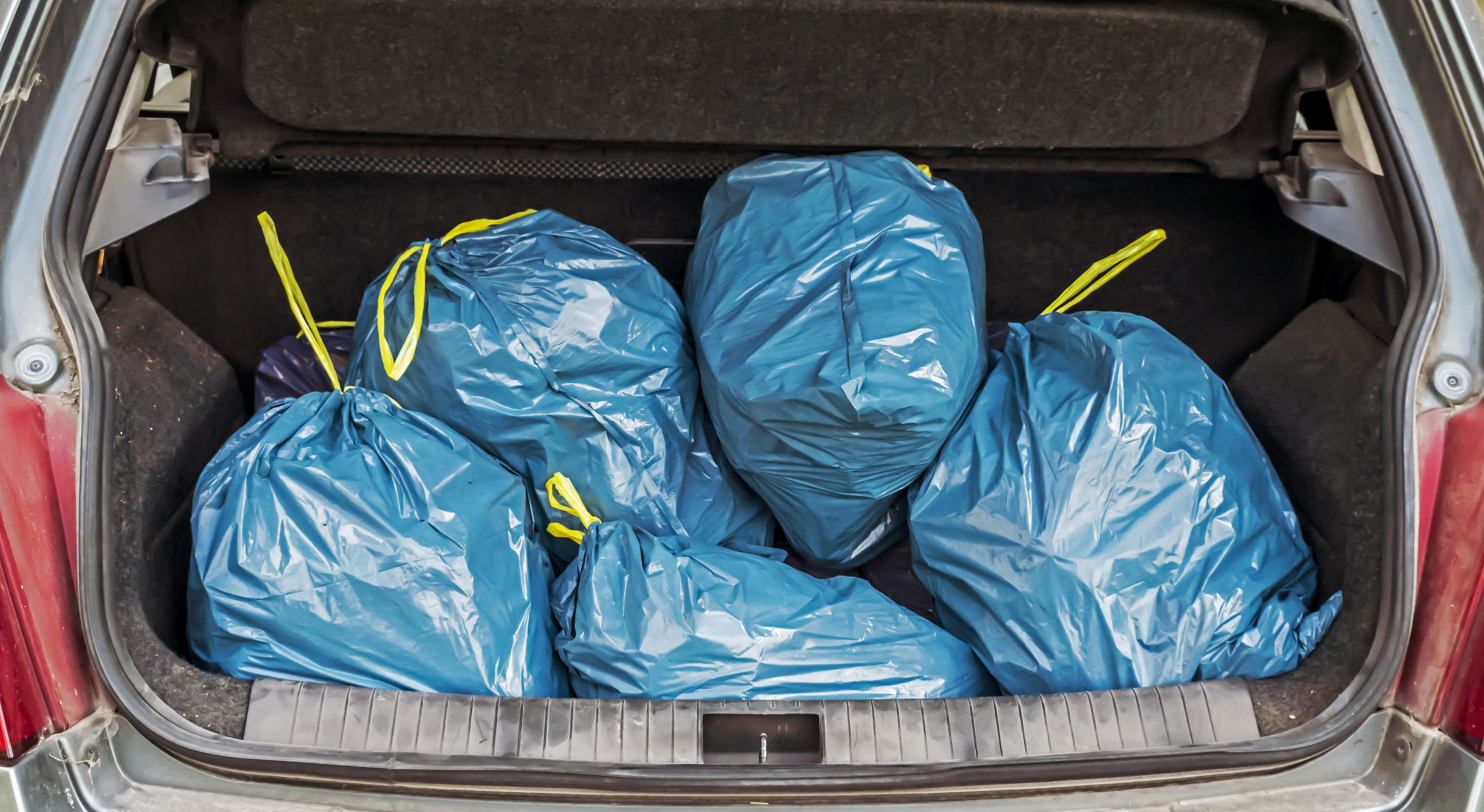
More junk in your trunk adds weight to your car, limiting its efficiency.
EVs are already heavier than their gas-powered counterparts, and accelerating and driving all that mass soaks up energy. Don’t make it even harder for your batteries to keep up; clean out the trunk and interior of anything you don’t need. As an added bonus, you won’t be bothered by the clunking of golf clubs or boxes of books anymore.
To regen, or not to regen?
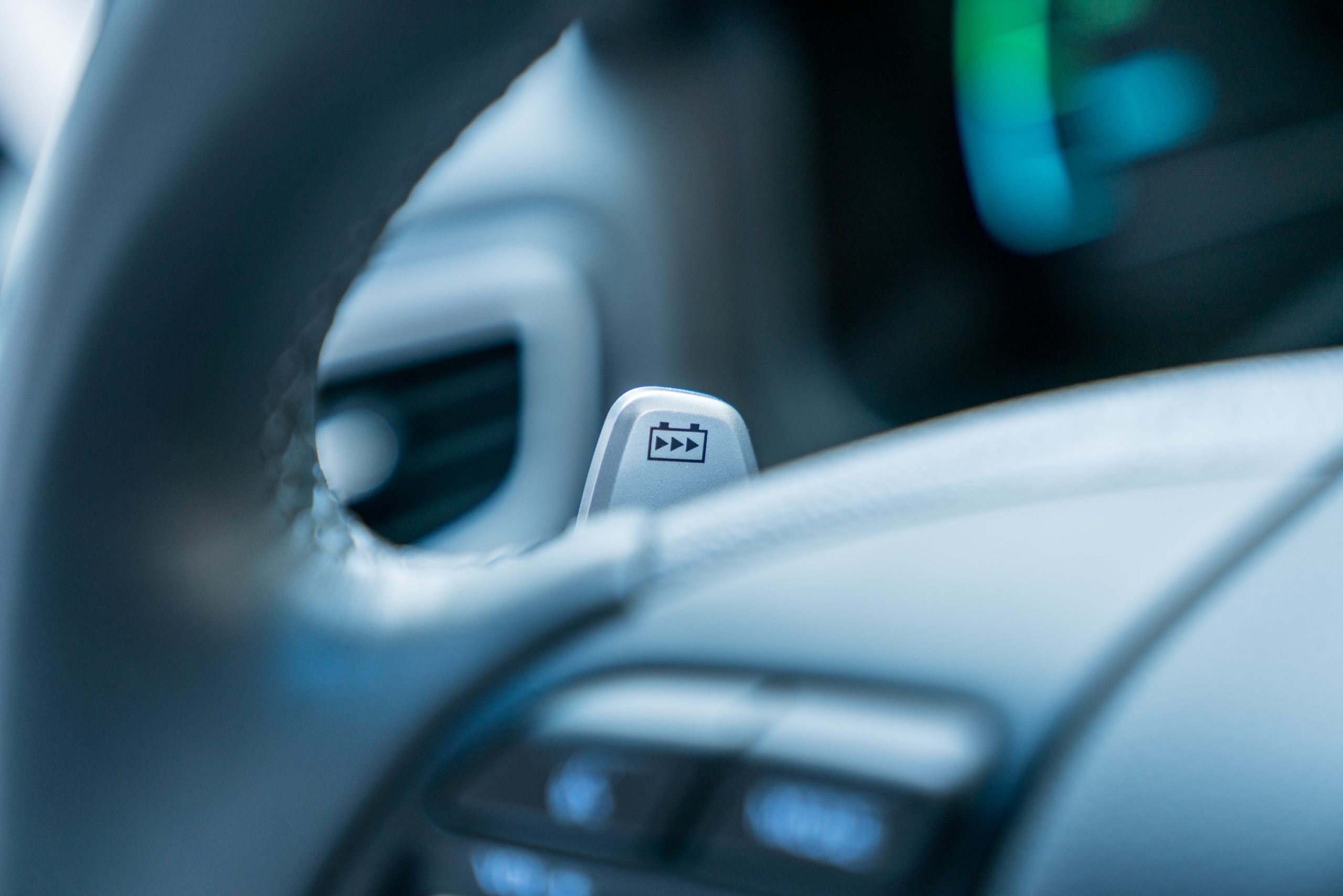
The 2017 Ioniq Electric has a steering wheel paddle to control regenerative braking.
While brake regeneration is a highlight of EV design and efficiency, sometimes it’s not as useful as you might think. Keeping it at the max setting all the time means you’re using power until you want to slow, whereas sometimes it’s better to coast freely, such as on the highway at higher speeds. An added bonus is that using the car’s brakes more often means they’ll stay in proper working order.
